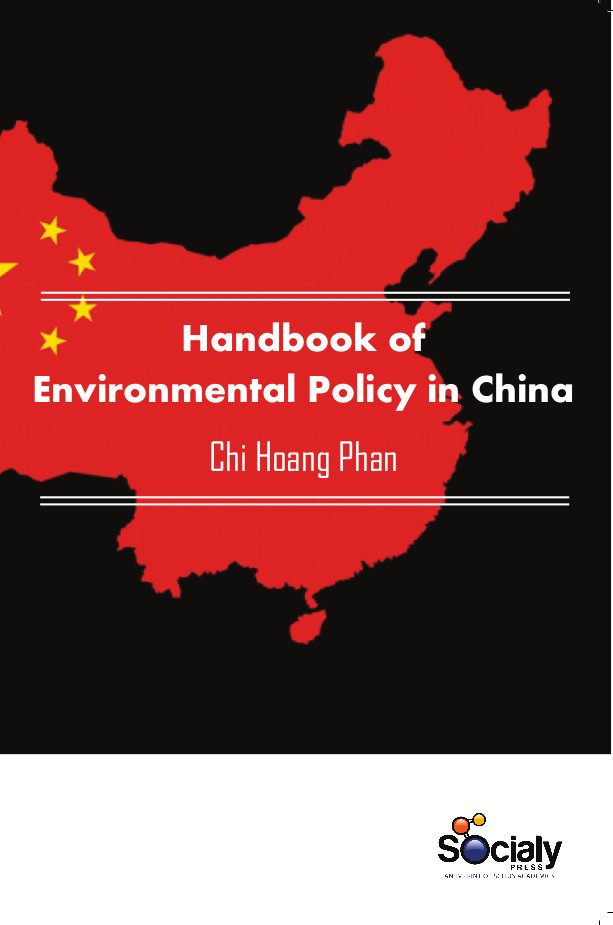Today, environmental protection is among the central matters for natural conservation, public health and sustainable business. With advanced technologies and changing lifestyles, the consumption of resources and release of wastes and pollutants are increasing fast. This requires policy makers to design environmental policies that properly guide the development of new products and business operations. The goal of environmental policy is to limit, slow-down, reduce or eliminate environmental damages caused by industrial and human activities. China’s environmental crisis is one of the most pressing challenges to emerge from the country’s rapid industrialization. Its economic rise, in which GDP grew on average 10 percent each year for more than a decade, has come at the expense of its environment and public health. China is the world’s largest source of carbon emissions, and the air quality of many of its major cities fails to meet international health standards. While China’s economic boom has greatly accelerated the devastation of its land and resources, the roots of its environmental problem stretch back centuries. Since China’s environmental protection law was passed in 1989, the country has become the world’s second-largest economy and its biggest carbon emitter; decades of breakneck economic growth have left many of its rivers desiccated and its cities perennially shrouded in smog. Over the past year, the Chinese government has begun to emphasize environmental protection in its official rhetoric. Environmental issues generally addressed by environmental policy include (but are not limited to) air and water pollution, waste management, ecosystem management, biodiversity protection, and the protection of natural resources, wildlife and endangered species. This book compiles the latest research from around the globe in this field.
Handbook of Environmental Policy in China brings together the work of leading scholars from various academic disciplines, such as economics, public policy, urban and environmental studies, and international studies. The topics include current environmental policies and regulations; government decentralization and environmental protection; urban development; industrial air pollution and household greenhouse gas emissions; consumption and emissions; and transportation systems.
Readers will gain an in-depth understanding of the nuances of environmental law in China from this extensive overview. Combining theory and practice, the expert contributors provide an introduction to and comments on relevant environmental laws and regulations and their latest developments. This Book will be an indispensible reference point for academics and advanced students of environmental studies in general and environmental law in particular. Practitioners will find the work both informative and important.













